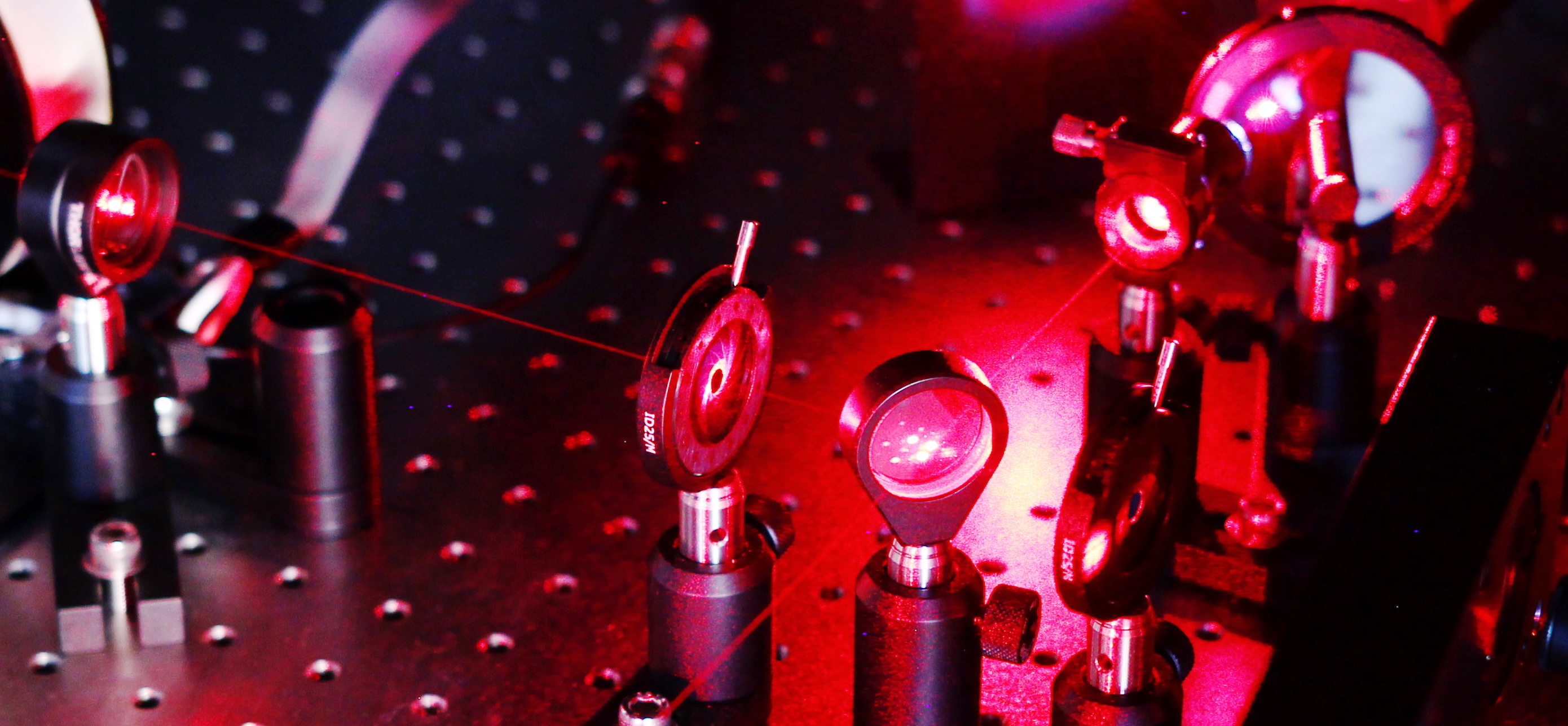News
2025
Publication: Laser induced writing of optic axis
Y. Kobayashi, A. Mitsuzuka, H. Kondo, M. Shoshin, J. Uzuhashi, T. Ohkubo, M. Hayashi, M. Kawaguchi
Nano Lett. (in press).

Publication: Phonon modes of surface acoustic waves
T. Kawada, M. Kawaguchi, H. Matsumoto, M. Hayashi
J. Appl. Phys. 138, 053905 (2025).
Publication: Sign reversal of the anomalous Hall resistance due to electron-magnon scattering
Y. Wang, S. Wang, M. Kawaguchi, J. Uzuhashi, A. K. Patel, K. Nawa, Y. Sakuraba, T. Ohkubo, H. Kohno, M. Hayashi
Commun. Phys. 8, 262 (2025).

Publication: SOT and TMR in ferrimagnet based MTJs
M. Yunokizaki, Y. Hibino, H. Idzuchi, H. Tsai, M. Ishibashi, S. Miwa, M. Hayashi, S. Nakatsuji
Jpn. J. Appl. Phys. 64 010904 (2024).
2024
Publication: Non local electrical detection of spin waves
H. Matsumoto, Y. Todaka, T. Kawada, M. Kawaguchi, M. Hayashi
Phys. Rev. Applied 22, 054052 (2024).
Publication: Chiral magnetism in magnetic trilayers
Z. Chi, Y.-C. Lau, V. L. Zhang, G. Shibata, S. Sakamoto, Y. Nonaka, K. Ikeda, Y. Wan, M. Suzuki, M. Kawaguchi, M. Suzuki-Sakamaki, K. Amemiya, N. Kawamura, M. Mizumaki, M. Suzuki, H. Yang, M. Hayashi, A. Fujimori
Physical Review B 110, 184401 (2024).
Publication: Bit error rate of Racetrack Memory
M. Ishibashi, M. Kawaguchi, Y. Hibino, K. Yakushiji, A. Tsukamoto, S. Nakatsuji, M. Hayashi
Science Advances 10, eadq0898 (2024).
[Press release]
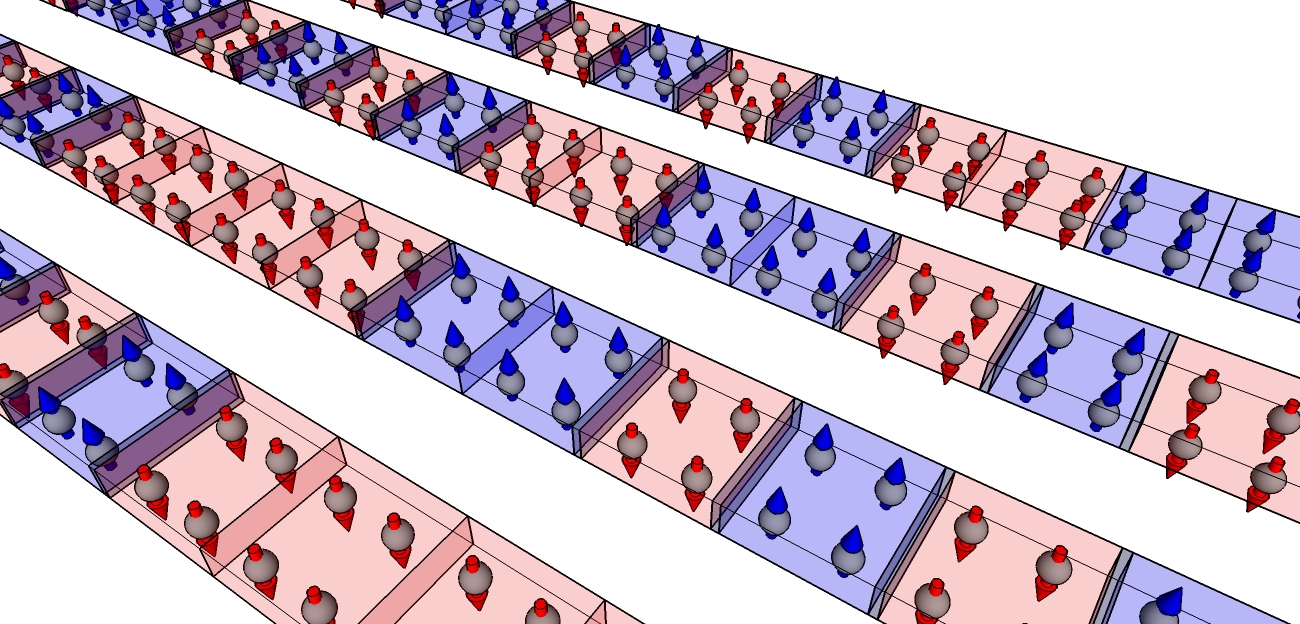
Publication: Magnon-phonon coupling in synthetic antiferromagnets
H. Matsumoto, I. Yasuda, M. Asano, T. Kawada, M. Kawaguchi, D. Hatanaka, M. Hayashi
Nano Lett. 24, 5683 (2025)
Hiroki's drawing made the cover in Nano Letters, congratulations!
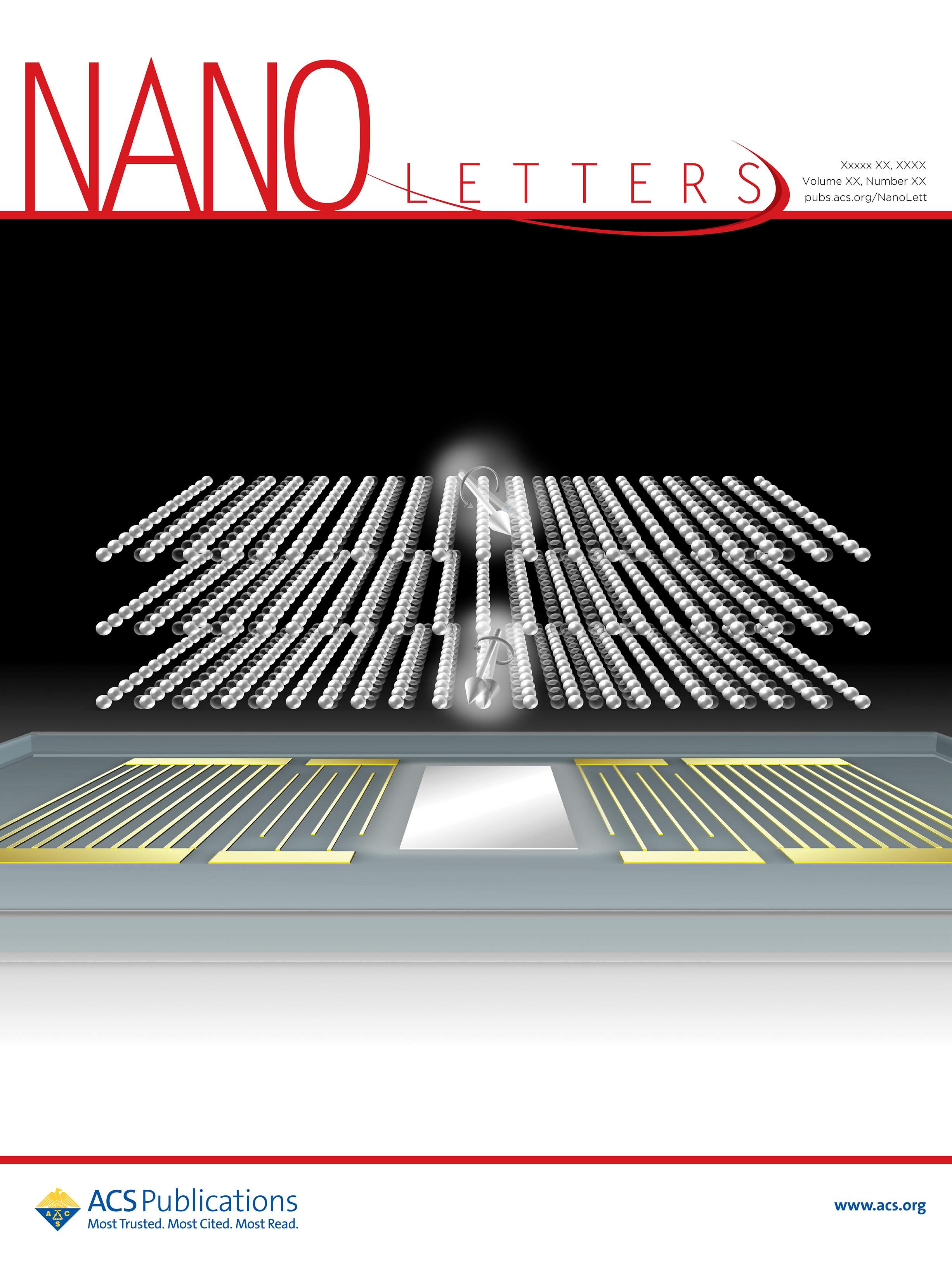
Isamu Yasuda won the 20th Spintonics research division Best English presentation award!!
Title: Evaluation of magnetoelastic coupling by acoustic spin Hall effect in heavy-metal/ferromagnet/rare-earth tri-layer
Congratulations!
2023
Publication: Optical detection of spin and orbital magnetic moments
Y. Marui, M. Kawaguchi, S. Sumi, H. Awano, K. Nakamura, M. Hayashi
Phys. Rev. B 108, 144436 (2023).
Publication: Real time observation of current induced domain walls in ferrimagnets
K. Ogawa, N. Yoshikawa, M. Ishibashi, K. Yakushiji, A. Tsukamoto, M. Hayashi, R. Shimano
Phys. Rev. Research 5, 033151 (2023).
Publication: Determination of the magnetoelestic coupling constants
T Kawada, I Yasuda, M Kawaguchi, M Hayashi
Appl. Phys. Lett. 123, 092403 (2023).
Publication: Magnon-phonon coupling in synthetic antiferromagnets
M. Asano, H. Matsumoto, M. Hayashi, D. Hatanaka
Phys. Rev. B 108, 064415 (2023).
Publication: Spin Hall effect in ferromagnetic Dirac semimetals
G. Qu, M. Hayashi, M. Ogata, J. Fujimoto
Phys. Rev. B 108, 064404 (2023).
Publication: Helicity dependent Raman scattering in PtSe2
I. Yasuda, T. Kawada, H. Matsumoto, M. Kawaguchi, M. Hayashi
Appl. Phys. Exp. 16, 053005 (2023).
Takuya Kawada won the Unviersity of Tokyo, School of Science award!
Publication: Helically distorted orthorhombic Tungsten predicted to exhibit large spin Hall effect
T. Ishikawa, R. Akashi, K. Kubo, Y. Toga, K. Inukai, I. Rittaporn, M. Hayashi, S. Tsuneyuki
Phys. Rev. Mater. 7, 026202 (2023).
[Press release]
Haruo Kondo won the 18th Spintonics research division Best English presentation award!!
Title: Pulsed Laser Induced Chirality Switching in Tellurium Thin Films
Congratulations!
Publication: Current induced domain walls in ferrimagnetic TbFeCo alloy
Jpn. J. Appl. Phys. 62 013001 (2023).
2022
Takuya Kawada won the 53th JSAP young scientist presentation award!!
Title: Spin-torque FMR induced by acoustic spin Hall effect
Congratulations!
Hiroki Matsumoto and Mio Ishibashi won the TSQS International Symposium's Best Poster Presentation ward!!
Title (H. Matsumoto):Cavity magnetomechanics of surface acoustic waves with a synthetic antiferromagnet
Title (M. Ishibashi):Error rate of a ferrimagnetic spin shift resist
Congratulations!
Hiroki Matsumoto won the JPS Student Presentation Award!!
Title: Coupling between surface acoustic phonons and magnons in a synthetic antiferromagnet
Congratulations!
Takuya Kawada won the XPS Best Student Award!!
Congratulations!
Hiroki Matsumoto won the JPS Student Presentation Award!!
Title: Surface acoustic phonons in a two-dimensional phononic graphene.
Congratulations!
Publication: Spin magnetic moment current in Dirac materials
Z. Chi, G. Qu, Y.-C. Lau, M. Kawaguchi, J. Fujimoto, K. Takanashi, M. Ogata, M. Hayashi
Phys. Rev. B 105, 214419 (2022).
Publication: Highly non-reciprocal transmission of surface acoustic waves
H. Matsumoto, T. Kawada, M. Ishibashi, M. Kawaguchi, M. Hayashi
Appl. Phys. Express 15, 063003 (2022).
Publication: Magnetic compensation in rare-earth baed ferrimagnetic alloy
M. Ishibashi, K. Yakushiji, M. Kawaguchi, A. Tsukamoto, S. Nakatsuji, M. Hayashi
Appl. Phys. Lett. 120, 022405 (2022).
2021
Takuya Kawada won the JPS Student Presentation Award!!
Title: Materials dependence of the acoustic spin Hall effect.
Congratulations!
Publication: Pt-Bi alloys for spin orbit torque three terminal devices
Z. Chi, Y.-C. Lau, M. Kawaguchi, M. Hayashi
APL Mater. 9, 061111 (2021).
Publication: Helicity dependent photocurrent in metal/semimetal bilayers
H. Hirose, M. Kawaguchi, Y.-C. Lau, Z. Chi, F. Freimuth, K. Takanashi, M. Hayashi
Phys. Rev. B 103, 174437 (2021).
Publication: Polarized THz pulses from a spintronic THz emitter!
Optics Express 29, 13331 (2021).
[Editors' pick]
Naruo Ohga won the Unviersity of Tokyo, Faculty of Science award!
Publication: Machine learning and pattern recognition are used to determine the DMI from a single magnetic domain image!
M. Kawaguchi, K. Tanabe, K. Yamada, T. Sawa, S. Hasegawa, M Hayashi, Y. Nakatani
npj Computational Materials 7, 1 (2021).
[Press release]
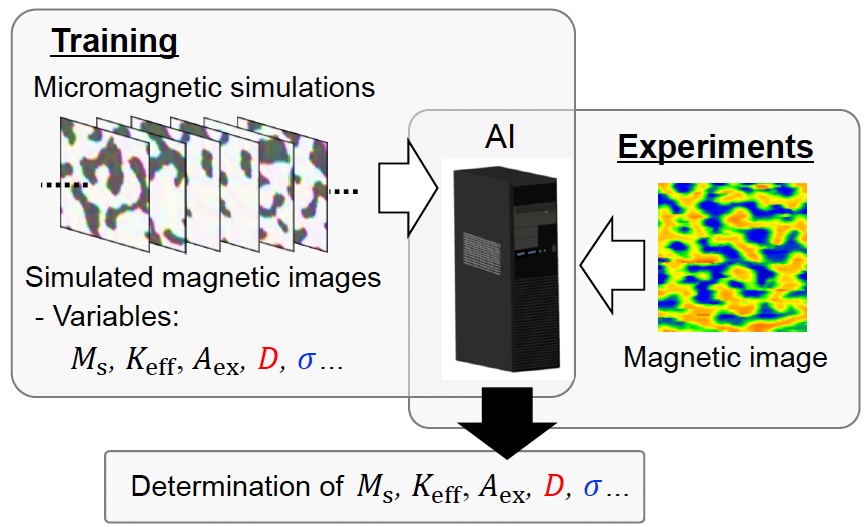
Publication: First principles studies on the relation between the anomalous Hall and spin Hall effects in ferromagnets
G. Qu, K. Nakamura, M. Hayashi
J. Phys. Soc. Jpn. 90, 024707 (2021).
Publication: Observation of the acoustic spin Hall effect in strong spin-orbit metals
T. Kawada, M. Kawaguchi, T. Funato, H. Kohno, M. Hayashi
Science Advances 7, eabd9697 (2021).
[Press release]
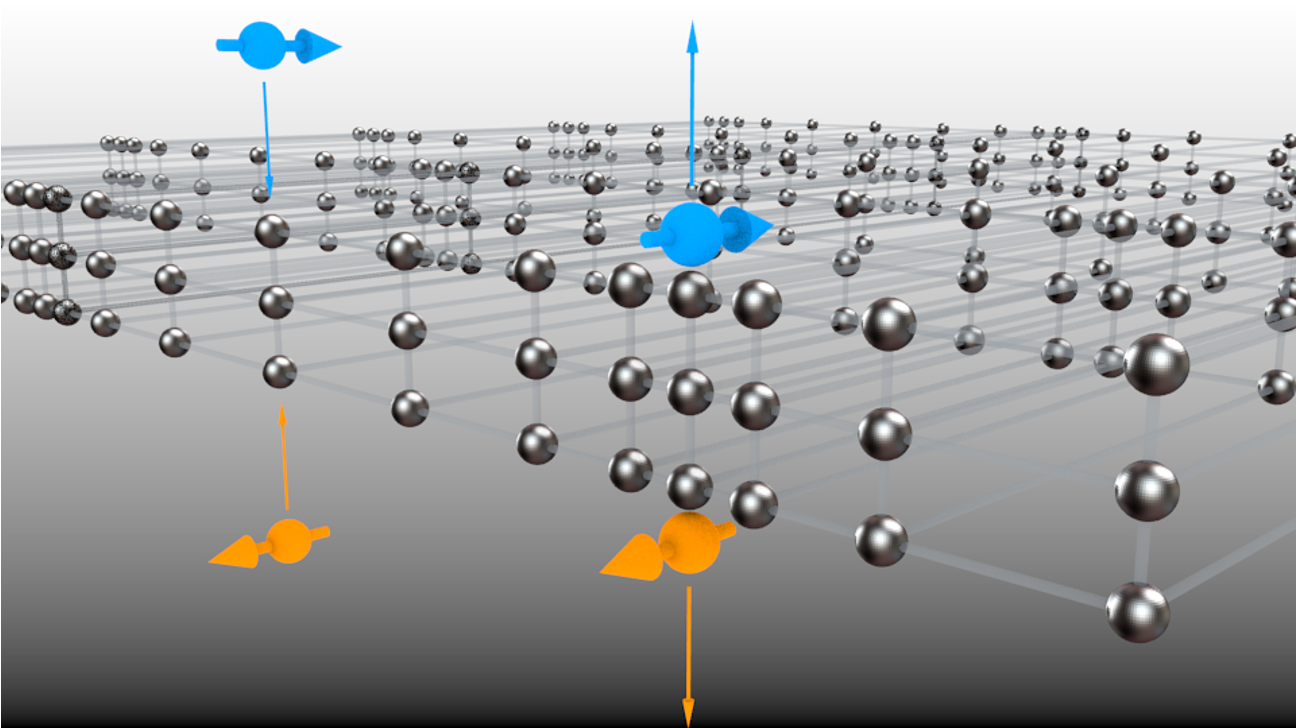
2020
Publication: Bismuth thin films emit light in the terahertz frequency range!
Y. Hirai, N. Yoshikawa, H. Hirose, M. Kawaguchi, M. Hayashi, R. Shimano
Phys. Rev. Appl. 14, 064015 (2020).
[Editors' suggestion]
Publication: Spin Hall effect of ferromagnets depends on their magnetization direction
G. Qu, K. Nakamura, M. Hayashi
Phys. Rev. B 102, 144440 (2020).
Publication: Superconducting properties of W thin films on topological insulators
Y.-C. Lau, R. Akiyama, H. T. Hirose, R. Nakanishi, T. Terashima, S. Uji, S. Hasegawa, M. Hayashi
J. Phys. Mater. 3, 034001 (2020).
Hana Hirose and Takuya Kawada won the Unviersity of Tokyo, School of Science award!
Publication: Giant spin orbit torque found in systems with Dirac electrons
Z. Chi, Y.-C. Lau, X. Xu, T. Ohkubo, K. Hono, M. Hayashi
Science Advances, 6, eaay2324 (2020).
Publication: Highly efficient spin orbit torque in sythetic antiferromagnets
Y. Ishikuro, M. Kawaguchi, T. Taniguchi, M. Hayashi
Phys. Rev. B 101, 014404 (2020).
2019
Takuya Kawada selected as the Finalist of the "Best student presentation award" at MMM!
Title: Surface acoustic wave induced DC spin current in spin-orbit heterostructures.
Congratulations!
Publication: Giant perpendicular magnetic anisotropy in Ir/Co/Pt multilayers
Y.-C. Lau, Z. Chi, T. Taniguchi, M. Kawaguchi, G. Shibata, N. Kawamura, M. Suzuki, S. Fukami, A. Fujimori, H. Ohno, M. Hayashi
Phys. Rev. Mater. 3, 104419 (2019).
Publication: DMI modulation with current
N. Kato, M. Kawaguchi, Y.-C. Lau, T. Kikuchi, Y. Nakatani, M. Hayashi
Phys. Rev. Lett. 122, 257205 (2019).
Publication: A giant acoustic planar Hall effect observed
T. Kawada, M. Kawaguchi, M. Hayashi
Phys. Rev. B 99, 184435 (2019).
Publication: DMI and spin orbit torque at the Ir/Co interface
Y. Ishikuro, M. Kawaguchi, N. Kato, Y.-C. Lau, M. Hayashi
Phys. Rev. B 99, 134421 (2019).
Publication: Spin Hall effect from p-d hybridized orbitals in Co-Ga alloys
Y.-C. Lau, H. Lee, G. Qu, K. Nakamura, M. Hayashi
Phys. Rev. B 99, 064410 (2019).
2018
Hana Hirose won the 45th JSAP young scientist presentation award!!
Title: Material dependence of interfacial spin-momentum locked bands in metallic heterostructures
Congratulations!
Our paper was selected as a featured article!
H. Hirose, N. Ito, M. Kawaguchi, Y. C. Lau, M. Hayashi
Appl. Phys. Lett. 113, 222404 (2018).
See also Scilight for more information.
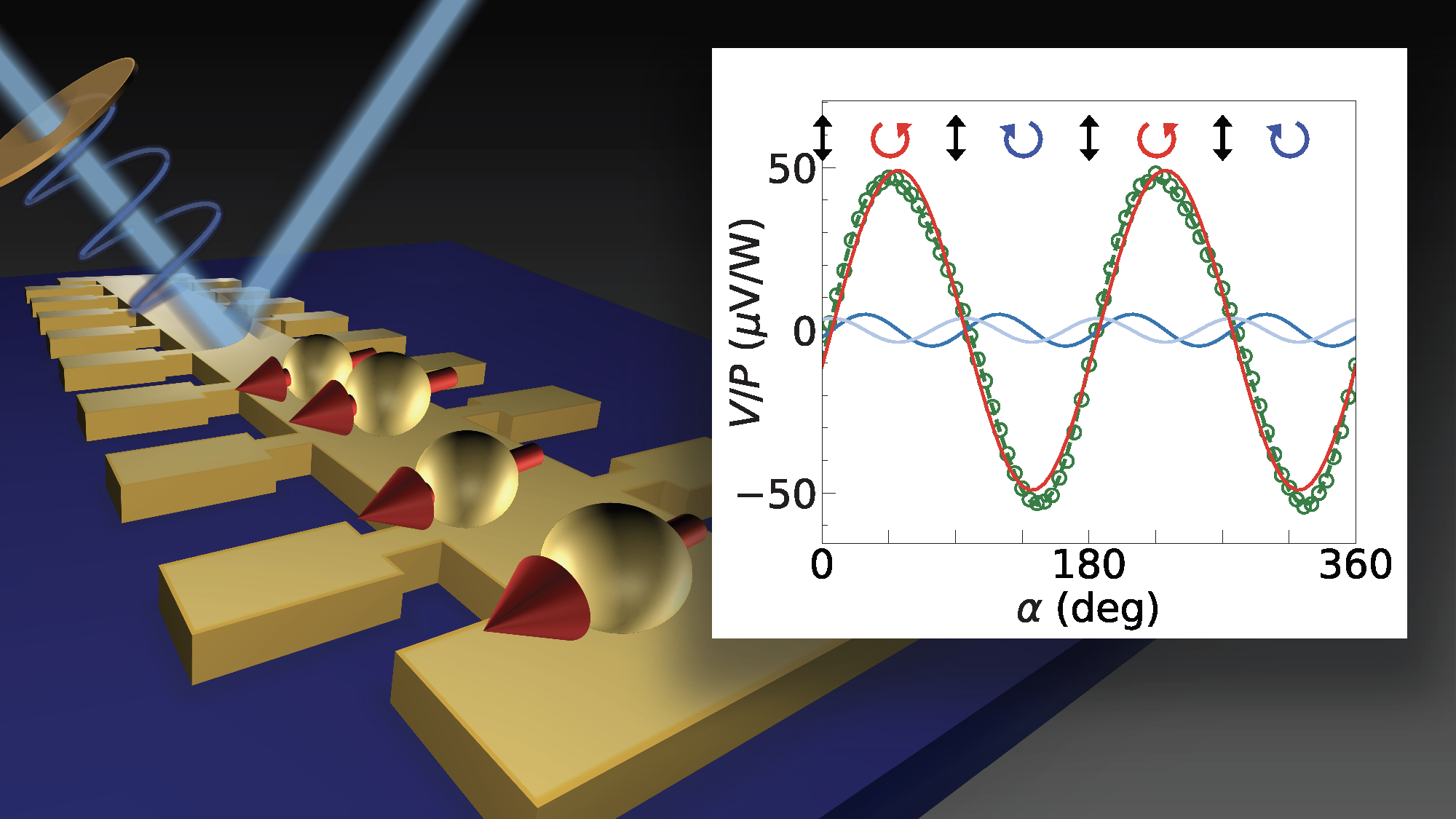
Publication: Spin orbit induced photocurrent found in Bi/Cu bilayer
H. Hirose, N. Ito, M. Kawaguchi, Y. C. Lau, M. Hayashi
Appl. Phys. Lett. 113, 222404 (2018).
Publication: Spin orbit torque detected optically
Y. Marui, M. Kawaguchi, M. Hayashi
Appl. Phys. Express 11, 5 093001 (2018).
Hana Hirose won the Best presentation award!
Congratulations!
Publication: Resistance of chiral domain walls
Y. Ishikuro, M. Kawaguchi, Y. C. Lau, Y. Nakatani, M. Hayashi
Appl. Phys. Express 11, 5 073001 (2018).
Publication: Spin Hall magnetoresistance in Pt/Co bilayers
M. Kawaguchi, D. Towa, Y. C. Lau, S. Takahashi, M. Hayashi
Appl. Phys. Lett. 112, 5 202405 (2018).
